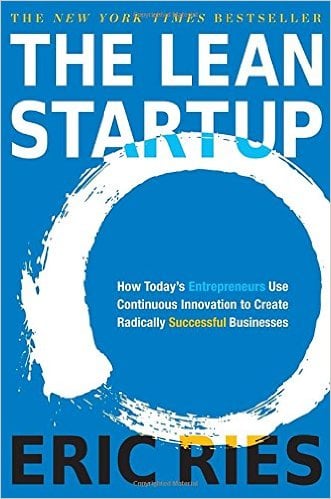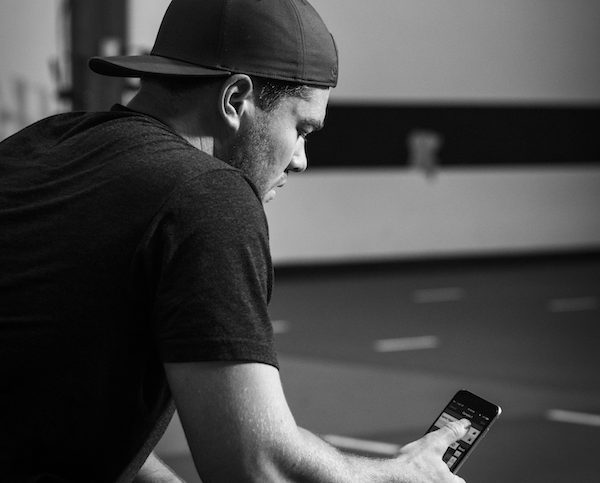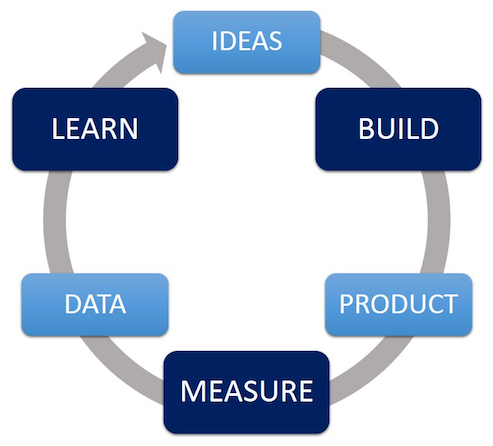
When a brand new coach writes their very first training program, it’s usually full of toos. It’s too complex, too long, and too confusing. It’s completely impractical and probably took way too long to write. More experienced coaches have become masters at simplifying and trimming the fat to create a lean program that will usually give much better results. As Leonardo da Vinci said, “simplicity is the ultimate sophistication.”
The more I read and learn from titans of other industry, the more think the industry of Sports Performance has fallen behind. This happened again recently as I read a book entitled The Lean Startup by Eric Ries. The book discusses how to take very simple, validated ideas and apply these principles by taking a startup mindset to create a product. Whether we want to admit to it or not all coaches are teachers, salesmen (and women), and engineers. The product we are creating and selling is often our program to our athletes and coaches, as well as simply ourselves as coaches. The Lean Startup discusses in depth the best steps to take when creating a new product to ensure success.
The Lean Startup and the lean methodology are concepts born from a bigger movement called Agile software development. Here is a simple explanation of the goals of Agile development, from Wikipedia: “It advocates adaptive planning, evolutionary development, early delivery, and continuous improvement, and it encourages rapid and flexible response to change.” Agile concepts stress individualization, collaboration, practicality, and adaptability. I immediately saw these concepts and themes are far too easily applied to coaching to be ignored. Just as we often dismiss our athlete’s and coach’s thoughts that sports their sports are “unique,” we have fallen victim to thinking our industry itself is special and nobody understands us.
The Build, Measure, Learn feedback loop and The Lean Startup concepts need to be taught early on in a coaches education. This methodology, along with understanding periodization, needs analyses, volume, intensity, and exercise techniques is crucial to creating a successful program. We need to understand how to apply the scientific method to create, test, learn, validate, and improve our program.
Step one in the Lean Startup model is to build a Minimum Viable Product (MVP). The MVP is the simplest version of your product (or in this case your program) in which you can implement and test. Again most young coaches (myself included) spend hours and hours building the “perfect program,” only to have to tear it all down and start from scratch when things don’t work. The goal here is to learn as quickly as possible. This initial program should be simple, and based on concepts you know (or at least believe) to be true. If you believe all athletes should be able to perform a few basic movements, start there. By building and implementing this simple program you are able to not waste large amounts of time creating something overly complicated and get immediate feedback on your program as well as your athletes needs.

Once we have created our program we need to implement it in order to see what works and what doesn’t. Every single training session should be used to educate and evaluate your athletes, you should be learning just as much as them. Different metrics can be tracked by having your athletes log their tonnage, speed, bodyweight, regeneration or RPE. Making sure we are measuring what matters largely by focusing on a few reliable and valid metrics will allow us to take an objective approach to evaluating our programming. Avoiding the use of vanity metrics and cherry-picking data are musts to hold us accountable to ourselves and our athletes. For example we have all worked with athletes who were extremely strong or explosive, but it didn’t transfer to their sport. We should be able to learn from the metrics and take action.
By implementing quickly, and measuring early and often, we are now able to learn from what we have implemented and “pivot or persevere.” In its simplest sense to pivot, is to make a somewhat drastic change based on what we have learned, while persevering is to continue with the same product while making minor adjustments. Pivoting often happens early in a product’s lifecycle, for example the young coaches who tries to implement Olympic lifting or individualized programs before they have even seen their athletes move. When implementing a new program often times we are very quickly able to learn its faults from a practicality side, while diving deeper can take more time and data collection. More experienced coaches will more often make minor adjustments and tweaks, but on occasion can make more drastic changes as well.

Simply speaking, this where we evaluate our programming and ourselves as coaches, and make changes based off of our learnings. By collecting and then analyzing reliable and valid data, we are able to make informed scientific decisions on what needs to change. This step is restricted to less ego-centric coaches who don’t believe they have it all figured out.
Build – Measure – Learn is a loop, once you have validating learning, build an improved program an start again. Reading a book on creating a software product may seem to have little to do with coaching, but the concepts of successful people can usually be applied in any industry. The truth is, we have a lot to learn from other fields. By subscribing to the Agile philosophy and thinking lean, we are able to take a more scientifically validated approach to evaluating our program and ourselves as an industry.